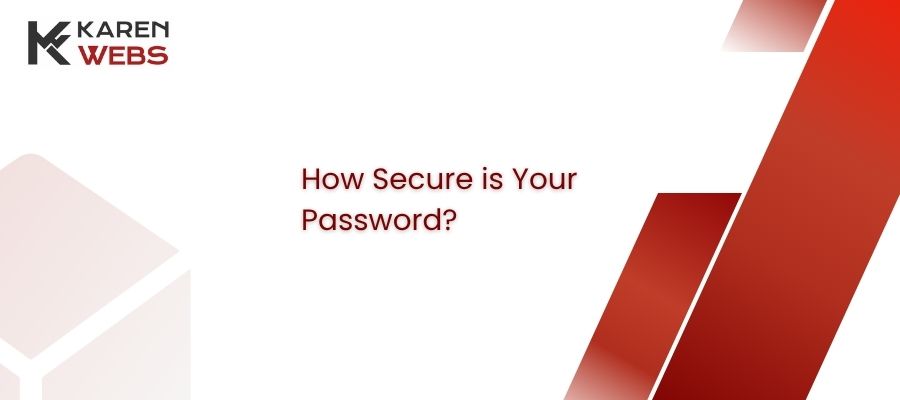The average Joe is signed up to Facebook, Twitter, Instagram, Gmail, Yahoo, YouTube, LinkedIn, PayPal and a bunch of other miscellaneous newsletter subscriptions. Now – there are generally two types of Joes – the Joe that uses a different password for each account; and the Joe that uses the same password for all accounts. Using a different password for each account is without a doubt a very secure approach but when you have dozens of passwords to remember – you might just end up locking yourself out of your own account when your memory fails you while the intention was to lock everyone else out except yourself.
On the other hand – while having one password for all accounts is a much simplified solution – all a potential hacker would need to know to access all your accounts is that one password hence your security is quite compromised with this approach. Perhaps it would be more ideal to have at least 3 passwords divided among your many accounts; like you could assign one password to social media sites, another password for highly secure accounts such as PayPal, and then assign the third password to miscellaneous subscriptions such as newsletters and the like. The act of obtaining other people’s personal information illegally on the internet is referred to as phishing. Personal information includes a person’s name, contact information, addresses, credit-card information, passwords et cetera – and the internet is rife with scammers, hackers, identity thieves, and other cyber-criminals that are constantly phishing for information that they can exploit.
In the face of this adversity, it helps to raise awareness on the importance of making your passwords secure because when they land in the hands of cyber-criminals – the consequences would be hazardous at the very least. As an industry standard – every website that requires its visitors to subscribe to its services or newsletters et cetera is expected to treat its visitor’s information with integrity. When you subscribe to a website and create a password – the industry standard expects that password to be stored as an encryption – meaning that even the owner of that website should not be in a position to know your password. Unfortunately – some websites still store their users’ passwords without encryption and all a hacker would need to harvest all these exposed passwords is to hack into that website’s database.
In the light of this – if as a user you are unsure about the professionalism of the website you are about to submit your password to – this article recommends that you avoid using the same password you use for secure accounts.

